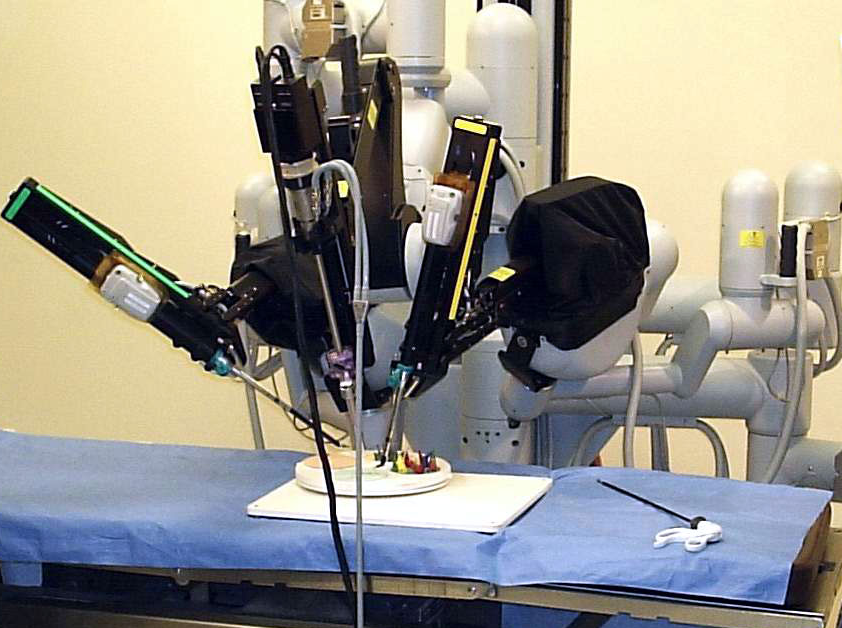
Verdict overturned
Since the 1960s of the last century, specialized scientific literature began to describe cases of Peregrin’s syndrome – disappearance of histologically confirmed cancer in patients who were treated inappropriately or did not undergo any antitumor therapy at all. Their cancer regression was complete (no primary focus of the disease and metastases) or partial (“dissolved” one or the other), and the remission reached about 10 years. Peregrin syndrome has been recorded in choriocarcinoma, hypernephroma, leukemia, neuro- and retinoblastoma, lymphoma, melanoma, breast cancer, etc.
Experts note that patients with tumors containing embryonic tissues have a better chance of recovery. Thus, neuroblastoma, which mainly affects young children, is formed from mutated immature cells of the sympathetic nervous system, which controls the work of internal organs. Typically, neuroblastoma forms in the area of the nerve plexuses of the spine (at the level of the abdomen, pelvis, chest and neck). By affecting or compressing one or another part of the spine, it can cause impairment of, for example, the function of the legs or bladder. However, it is quite common for neuroblastoma to disappear spontaneously in babies under a year of age. This also happens in older children, even when the disease has reached the third stage of development out of four possible stages. Apparently, factors controlling the body’s development are turned on that cause embryonic neuroblasts to transform into mature neural tissue, leading to the elimination of the tumor.
Many experienced oncologists can describe at least one case of Peregrin’s syndrome from their practice. And no really good doctor will say that this particular patient, even with a neglected form of pathology – hopeless. The story of Nikolai Voinovich, the father of the famous writer Vladimir Voinovich, is illustrative in this respect. An elderly man with a tumor on his neck was diagnosed with terminal tongue root cancer. He refused to be taken for treatment in two hospitals, and in the third the doctor still decided to conduct a course of radiotherapy. “We were hoping for a miracle, but not such a quick one,” Voynovich later wrote in his memoirs “Self-Portrait: The Novel of My Life”, in the chapter “The Revoked Sentence”. – The tumor began to disappear before my eyes and in two weeks disappeared completely. My father was discharged from the hospital with the diagnosis ‘practically healthy’. Three years later there was a relapse, radiation had to be repeated. After that, Nikolai Voinovich “lived another 15 years and died not from cancer.
Peregrine’s syndrome: less than a drop in the ocean
In general, the number of reliably confirmed cases of Peregrin’s syndrome reaches about a thousand. This is less than a drop in the ocean, if we evaluate the WHO statistics figures: every year in the world, cancer affects about 15 million people, and 8-9 million die from this disease. However, the very fact of the presence of such a phenomenon indicates the possibility of effective fight against cancer, regardless of its form, stage and localization.
In the body of every healthy person every day hundreds of malignant cells are formed, but the system of antitumor defense, including immune, cellular and other mechanisms, they recognize and destroy them. Under the influence of unfavorable heredity, carcinogens coming from food and the environment, unhealthy lifestyle, due to the development of immunodeficiency – for one reason or another in the complex system of control over cancer cells is a failure, which can lead to the development of disease. However, there are hidden reserves in every organism to restore normalcy. In other words, there is hope for Peregrin’s syndrome in any patient.
In the meantime, society is still fearful of oncopathologies, which is promoted by persistent myths: the cause of cancer in each specific case is unknown, its treatment is ineffective, and only doctors are responsible for the patient, who cannot do anything himself. In fact, the risk factors for malignant tumors are quite well studied. This is, for example, the age from 55 to 75 years, when there are already some chronic diseases that a person “earned” by his lifestyle (smoking, alcohol abuse, red meat, etc.). By the way, a number of experts consider cancer to be the most chronic disease, because many tumors are formed over years and even decades. It is preceded by regular damage to the tissues of a certain organ or system at the cellular level by some negative factors – infections, toxins, carcinogens, their own improperly functioning receptors, enzymes, etc.
For example, the direct cause of cervical cancer, human papillomavirus (HPV), is present in 70-90% of women of reproductive age. However, it causes the disease in only 0.010-0.015% of them. The green light for HPV is given by damage to the cervix by chlamydia, candidiasis, erosions, frequent abortions, etc. As a result, “wrong” cells (dysplasia) appear on the mucosa, i.e. first a precancerous condition develops, and then without treatment it can turn into oncopathology. Similar is the case with stomach cancer: it does not occur if everything is perfect with digestion and well-being, but becomes a consequence of gastritis or peptic ulcer disease, i.e. systematic damage to its mucous membrane.
The incurability of cancer has also long been disproved. Much depends on the stage at which it is detected. For example, the statistics of the European Cervical Cancer Association (ECCA) show that if detected in time, this disease can be defeated in 98% of cases. You just need to be attentive to your condition and well-being. Even if nothing bothers you, every six months, women should visit a gynecologist and all to do fluorography at least once every two years, to undergo other examinations prescribed by the therapist. It is especially important to consult doctors in time in case of rapid fatigue, loss of appetite and sudden weight loss, increase in body temperature for no apparent reason, appearance of swelling, inflammation, thickening and changes in the appearance of the skin.
Radical remission
Peregrine’s syndrome has been studied in detail by Kelly Turner, an oncology researcher with a PhD from the University of California (USA). For 10 months she talked to more than a hundred people – those who got rid of cancer, as well as their doctors and healers in different countries (China, Japan, Thailand, India, England, Zambia, etc.). In addition, Turner analyzed information on more than a thousand cases from patients’ treatment for cancer and identified about 75 factors that could have led them to recovery. The researcher then identified nine factors that were mentioned by almost every respondent:
- drastic dietary changes in favor of healthy foods;
- taking vitamins and herbs;
- the ability to get rid of repressed emotions;
- the prevalence of a positive attitude;
- support from loved ones;
- learning about one’s inner world;
- concern for one’s health;
- a strong desire to live;
- the use of intuition.
Kelly Turner details the results of her work, as well as the amazing stories of people who have beaten cancer, in her book “Radical Remission. 9 Key Factors for a Full Recovery”.
This book became a bestseller in the West and was published in Russian last year. It contains many interesting and useful observations, such as these: “The word ‘patient’ comes from the Latin patiens, ‘patient, sufferer, submissive’…”. Working as a consultant in many oncology hospitals, I realized that patients who listen attentively to the doctor and follow his recommendations are considered “good”, while “annoying” are those who ask a lot of questions, do their own research or, even worse, do not obey the doctor’s instructions… People who managed to get rid of cancer are those “annoying” patients who did not blindly follow the doctor’s instructions, but took an active part in the process of their treatment.



